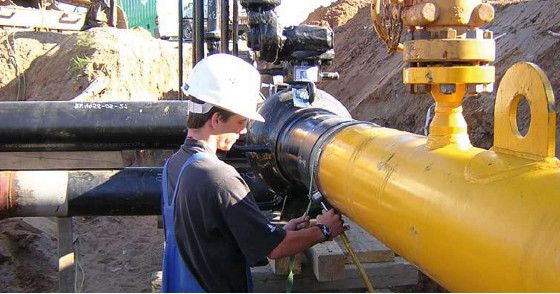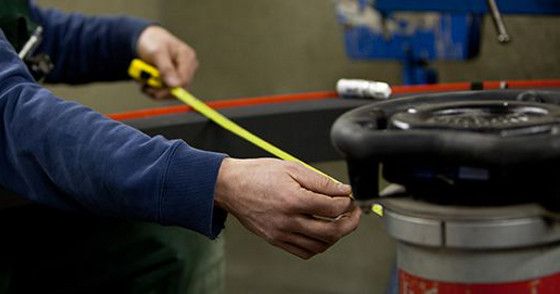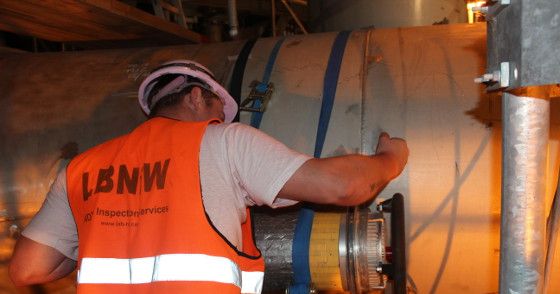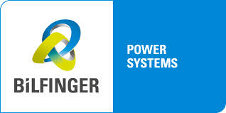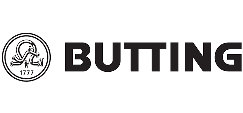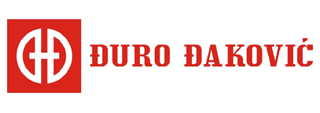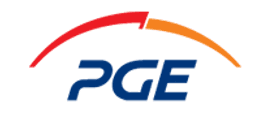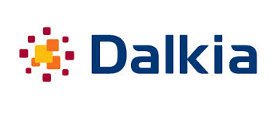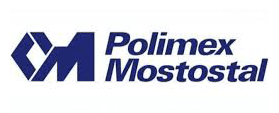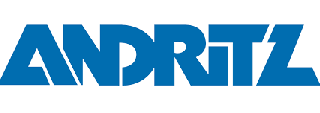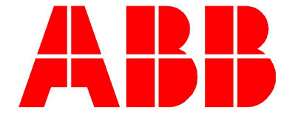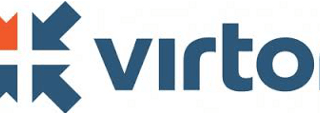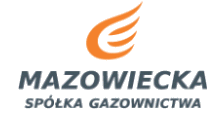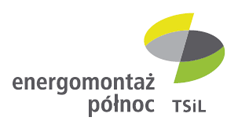Radiographic Testing (RT)
Radiographic Testing — image gallery
Why choose us?
- We deliver on our promises – when we say we’ll do something, we do it!
- Flexible service with quick turnaround times
- Independent and impartial testing
- Successful track record of delivering NDT services to various industries including large-scale industrial projects for global clients
- Highly trained and certified, multi-disciplined specialists
- Modern and always well-calibrated equipment
- Testing performed according to the written procedures approved by a level III NDT engineer
- Quality of service verified and confirmed by the approvals of the independent certification bodies
- Always ready to answer questions on testing and quality assurance
Service Information
Radiographic Testing (RT)
Radiographic Testing (RT), or industrial radiography, is a non-destructive testing (NDT) method of inspecting materials for hidden flaws by using the ability of short wavelength electromagnetic radiation to penetrate various materials.
LBNiW provides a complete line of radiographic testing services for inspecting a wide variety of materials and product forms, employing gamma and x-ray inspection for both shop and field applications.
Our x-ray capabilities include portable x-ray systems up to 300kV both directional and panoramic catering various inspection needs from thick component testing and heavy wall vessels, to field weld applications, and thin wall material inspection.
Our gamma-ray inspection capability offers a choice of Iridium (Ir192) and Selenium (Se75) sources typically used for weld integrity testing in the field on boilers, industrial piping, pressure vessels or storage tanks. Selenium is the source of choice for this method allowing in almost all situations, minimal or no interruption to client operations due to small radiation areas. LBNiW is committed to maintaining sources of various Curie strengths in order to ensure optimal exposure times in different inspection conditions, which leads to better efficiency.
Our Qualifications
All our radiographers are certified according to ISO 9712 (EN473). They operate within strict safety parameters and produce high-quality radiographs that allow us to utilize our interpretation skills developed through many years of experience to determine if an indication is actually a defect or can be accepted per code requirements.
You can trust the skilled professionals at LBNiW. All our radiographers are radiation safety qualified and have training in source recovery procedures or radiological emergencies. Prior to commencing any site radiography, a specific risk assessment will always be carried out by a senior radiographer (minimum RT level 2 acc. to EN473) to ensure the work is carried out safely in full compliance with HSE legislation.
Our Equipment
We partner with the leading radiography equipment manufacturers to ensure that our inventory includes the most advanced productive and reliable equipment available. Additionally, LBNiW always has spare equipment on hand to facilitate the quick and easy resolution of problems encountered in the field environment with damaged or faulty machines. We have invested in state of the art film processing equipment which guarantees quick turnaround times. We can provide immediate on-site RT results with our mobile darkroom which offers fully automated film processing.
Advantages of Radiographic Testing method
- The ability to inspect a wide variety of material types with varying density
- The ability to inspect assembled components
- Minimum surface preparation required
- Sensitivity to changes in thickness (corrosion, voids, cracks) and material density
- Detects both surface and subsurface defects in the entire tested volume
- Provides a permanent record of the inspection
Disadvantages of Radiographic Testing method
- Safety precautions are required for the safe use of radiation
- Access to both sides of the specimen is required
- Unfavorably oriented planar imperfections such as lack of fusion in welds may not be detected
- Determining flaw depth is impossible without additional angled exposures
Relevant Codes & Standards
Application Specific Standards
- EN 12952-6, Water-tube boilers and auxiliary installations Inspection during construction; documentation and marking of pressure parts of the boiler
- EN 12953-5, Shell boilers. Inspection during construction, documentation and marking of pressure parts of the boiler
- EN 13480-5, Metallic industrial piping Inspection and testing
- EN 13445-5, Unfired pressure vessels Inspection and testing
- EN 12732, Gas infrastructure. Welding steel pipework. Functional requirements
- EN 14015, Specification for the design and manufacture of site built, vertical, cylindrical, flat-bottomed, above ground, welded, steel tanks for the storage of liquids at ambient temperature and above
- EN 1090-2, Execution of steel structures and aluminium structures Technical requirements for steel structures
- EN 14197-2, Cryogenic vessels. Static non-vacuum insulated vessels Design, fabrication, inspection and testing
- EN 13458-2, Cryogenic vessels. Static vacuum insulated vessels Design, fabrication, inspection and testing
- EN-ISO 9606-1, Qualification testing of welders. Fusion welding Steels
- EN-ISO 9606-2, Qualification test of welders. Fusion welding Aluminium and aluminium alloys
- EN ISO 15614-1 Specification and qualification of welding procedures for metallic materials. Welding procedure test. Arc and gas welding of steels and arc welding of nickel and nickel alloys
- EN-ISO 17635, Non-destructive testing of welds. General rules for metallic materials
Standards Specific to Radiographic Examination
- EN-ISO 5579, Non-destructive testing. Radiographic testing of metallic materials using film and X- or gamma rays. Basic rules
- EN-ISO 17636-1, Non-destructive testing of welds. Radiographic testing X- and gamma-ray techniques with film
- EN-ISO 10675-1, Non-destructive testing of welds. Acceptance levels for radiographic testing Steel, nickel, titanium and their alloys
- EN-ISO 10675-2, Non-destructive testing of welds. Acceptance levels for radiographic testing Aluminium and its alloys
- EN 12681, Founding. Radiographic examination
- ISO 4993, Steel and iron castings. Radiographic inspection
- EN-ISO 19232-1, Non-destructive testing. Image quality of radiographs Determination of the image quality value using wire-type image quality indicators
- EN-ISO 19232-3, Non-destructive testing. Image quality of radiographs Image quality classes
- EN-ISO 11699-1, Non-destructive testing. Industrial radiographic film Classification of film systems for industrial radiography
- EN 25580, Specification for minimum requirements for industrial radiographic illuminators for non-destructive testing
- EN-ISO 11699-2, Non-destructive testing. Industrial radiographic films Control of film processing by means of reference values
- EN 1330-3, Non-destructive testing. Terminology Terms used in industrial radiographic testing
- ASME Boiler and Pressure Vessel Code Section V Article 2 – Radiographic Examination.
Our RT Resources
We hold the following industrial radiography equipment:
- 2 GE Inspection Technologies ERESCO 42 MF4 200 kV constant potential directional portable X-ray systems. These lightweight tubes are capable of penetrating section thickness of up to 35mm of steel. Their rugged construction and low weight make them a perfect choice for field radiography where very high quality of radiographs is required.
- 1 Yxlon Smart 300HP 300 kV constant potential directional portable X-ray system. It offers a wide range of applications in weld inspection, casting and composite materials, especially where high penetration power is demanded. This unit is capable of penetrating section thickness of up to 60mm of steel.
- 1 Yxlon Smart 300PC 300 kV constant potential panoramic portable X-ray system. This panoramic tube head is well suited for medium and heavy duty type inspection jobs, thanks to the kV range that spans from 50-300 kV. The 360° beam coverage makes it ideal for even the most challenging inline pipe and pressure vessel inspections where penetration is of key importance.
- 1 Trakis 200 kV directional X-ray system.
- 1 Trakis 300 kV directional X-ray system.
- 2 SENTINEL 880 Delta gamma projectors. Portable, lightweight and compact industrial radiographic exposure devices with maximum source capacity of 150Ci of Selenium-75 or 150Ci of Iridium-192.
- 2 SENTINEL 880 Elite gamma projectors. Portable, lightweight and compact industrial radiographic exposure devices with maximum source capacity of 150Ci of Selenium-75 or 50Ci of Iridium-192.
- 1 Cargo van equipped with a fully integrated darkroom and automated film processing.
- 1 Off-road vehicle, ideal for oil or gas transmission pipelines
Information – Radiological Safety
Implementing Art. 32 c. Point 2 of the Polish Atomic Law, the following message is published:
Please be advised that in the last 12 months there has been no impact of the activities carried out on human health and the environment, and no release of radioactive substances into the environment in connection with the activities carried out.
